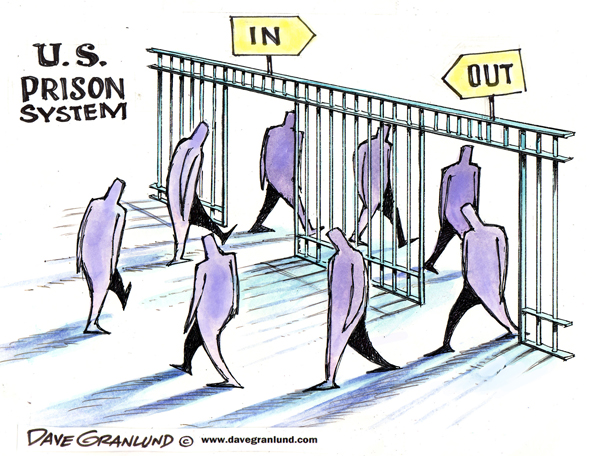
[…]
What we learned about issues facing the prison system today was shocking:
From 1972 to 2010, the number of people in prison in the US had increased 700 percent.
25% of the world’s incarcerated population is in the US.
In California, we spend more on prisons than on higher education.
It costs around $47,000 to keep one prisoner in jail in California for one year.
More than 67% of the state prisoners released in 2005 were arrested within the next three years.
You don’t have to be a professional investor to realize that this is a bad investment for taxpayers.
If we could reduce recidivism by just 5 percent, we could save billions of dollars over the next ten years. But without rehabilitation these problems will persist.
In 2010, partnering with the California Department of Corrections and Rehabilitation and the California Prison Industry Authority (CalPIA), we created a six-month business and entrepreneurship program called The Last Mile to leverage many of the disciplines that we use within our investment practice. We work with prisoners who’ve committed many crimes, some of them violent. (We don’t work with those on death row or with people incarcerated for crimes against children.)
None of our graduates have gone back to jail.
We asked the men to create a business around a personal passion, and we taught them how to build a business plan. In one of the early graduating classes, James Houston developed a nonprofit business plan that would positively impact at-risk youth in his old neighborhood. James created Teen Tech Hub, an afterschool program, teaching app development and basic coding instruction for kids 10 to 14 years old. After serving 18 years in prison, James returned to Richmond, California, to pursue his dream. He was hired by the City of Richmond and he plans to launch Teen Tech Hub in the fall of 2016.
In 2014, we launched Code.7370 San Quentin, the first computer programming curriculum in a US prison. The results have been extraordinary. Some of our graduates will be released this year and we are confident they will be hired as software engineers. With hard work and determination, these men have overcome serious obstacles and created a positive path for their future.
(From Chris Redlitz, ideas.ted.com, 2/18/16)
